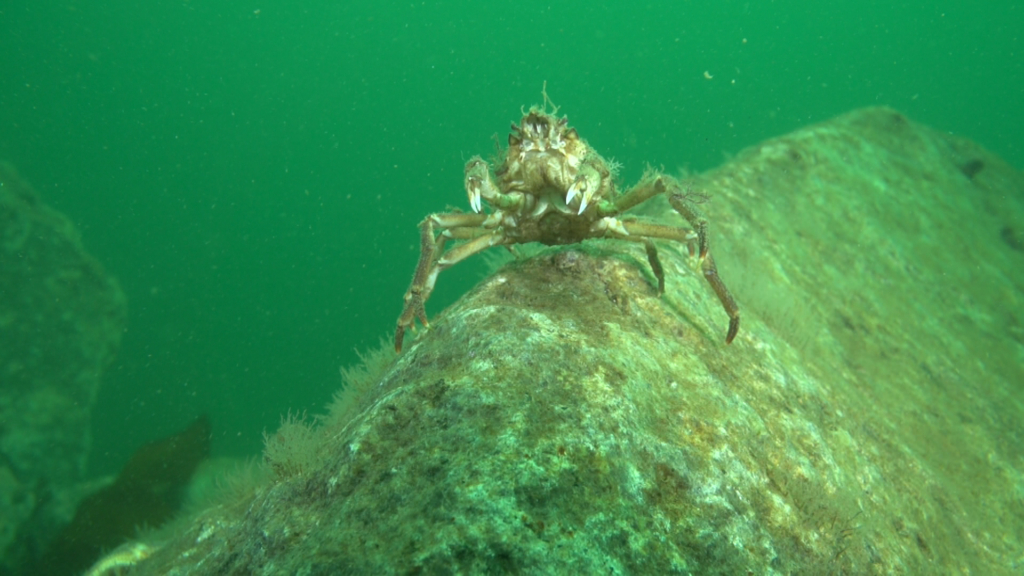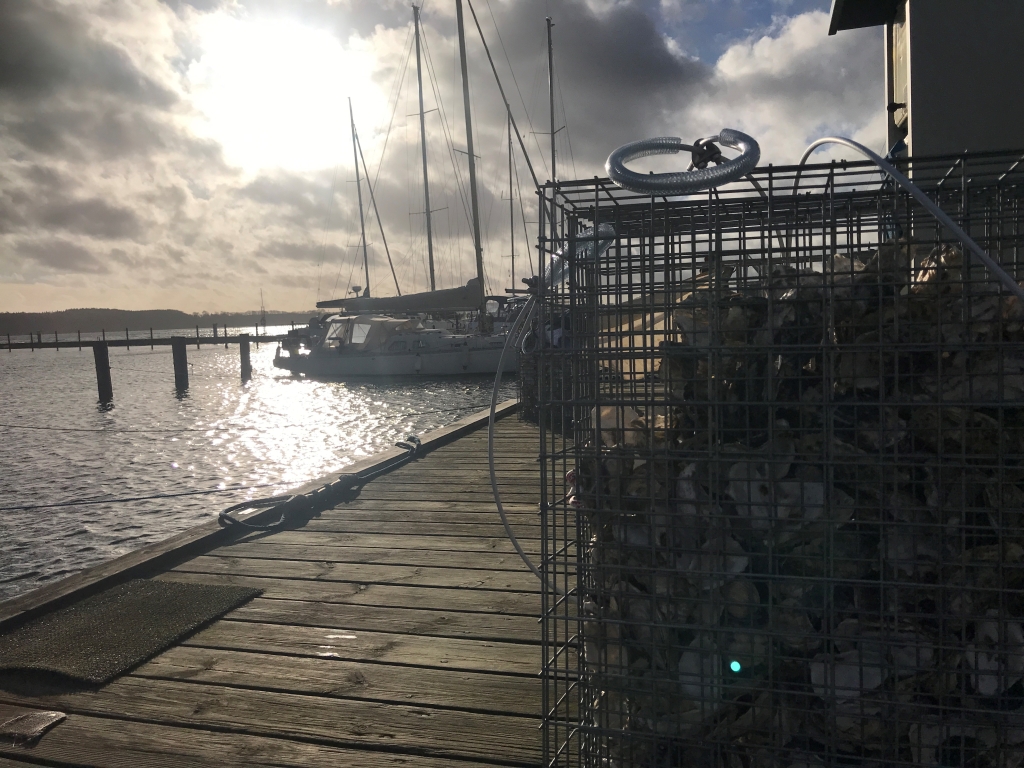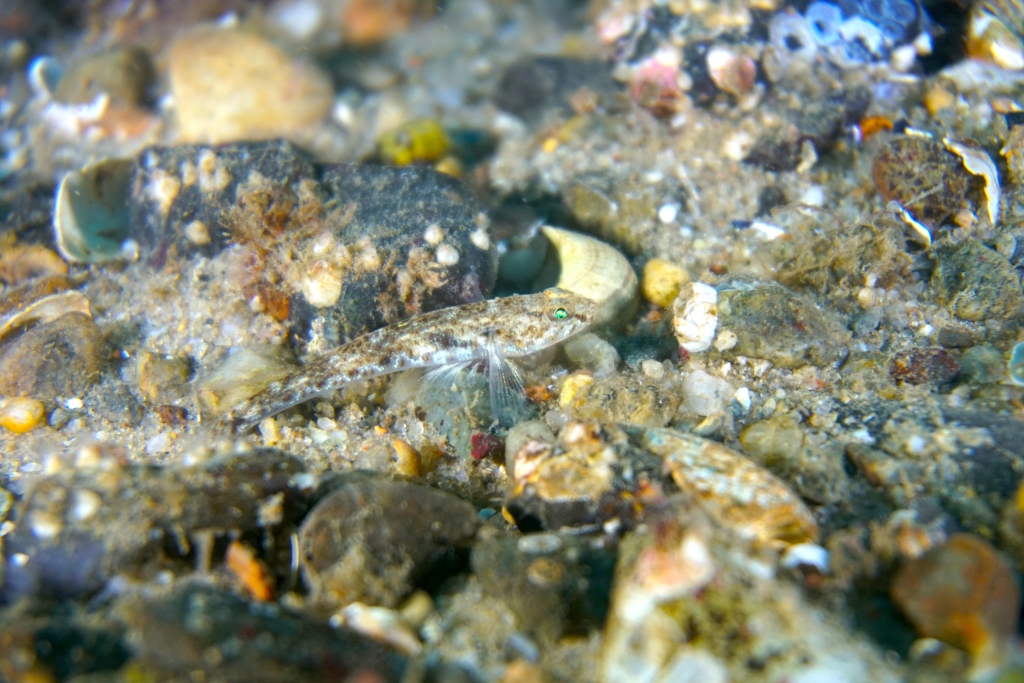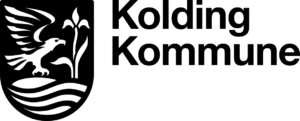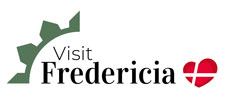Cod Stone Reef
Naturpark Lillebælt plans on establishing both smolt reefs and cod stone reefs. Smolt reefs are geared towards small trout, while stone reefs are intended for cod fry. This is part of the Belt in Balance project.
The plan is to establish a cod reef with 4,000M3 granite rocks, on approximately 1ha in Tybrind Vig. The amount of rocks depends on how many offers the project receives. The reef covers an area of approximately 60m/160m.
A stone reef is a collection of larger rocks, which lie firm on the seafloor and therefore do not move from waves or the current. There are two types of stone reef, a spread stone reef – consisting of rocks spread on the seafloor – and a cave reef – with rocks on top of each other, creating caves and crevices, which attract fish, lobster, and the like.
Stone reefs are important habitats for many animals and plants in the sea. Here lives mussels and seaweed, among other creatures, which require a hard surface where they can attach themselves, and where fish and lobster can hide and find food.
There used to be many natural stone reefs in the Danish waters. Many of these were created during the ice ages, which is rather unique for the Danish ice age landscape. However, today many of them have disappeared. Through the centuries, many stones have been fished out of the sea, which lead to many of the stone reefs being taken from the nature park area. Naturpark Lillebælt therefore works along with the project Kolding Stenbank, which wants to collect rocks, so we can re-establish stone reefs in the area. These stone reefs can be used for information and benefit the aquatic environment and biodiversity.
Stone reefs should preferable consist of granite rocks from fields or nature, the size of a handball or bigger. Flint is not fit for stone reefs.
